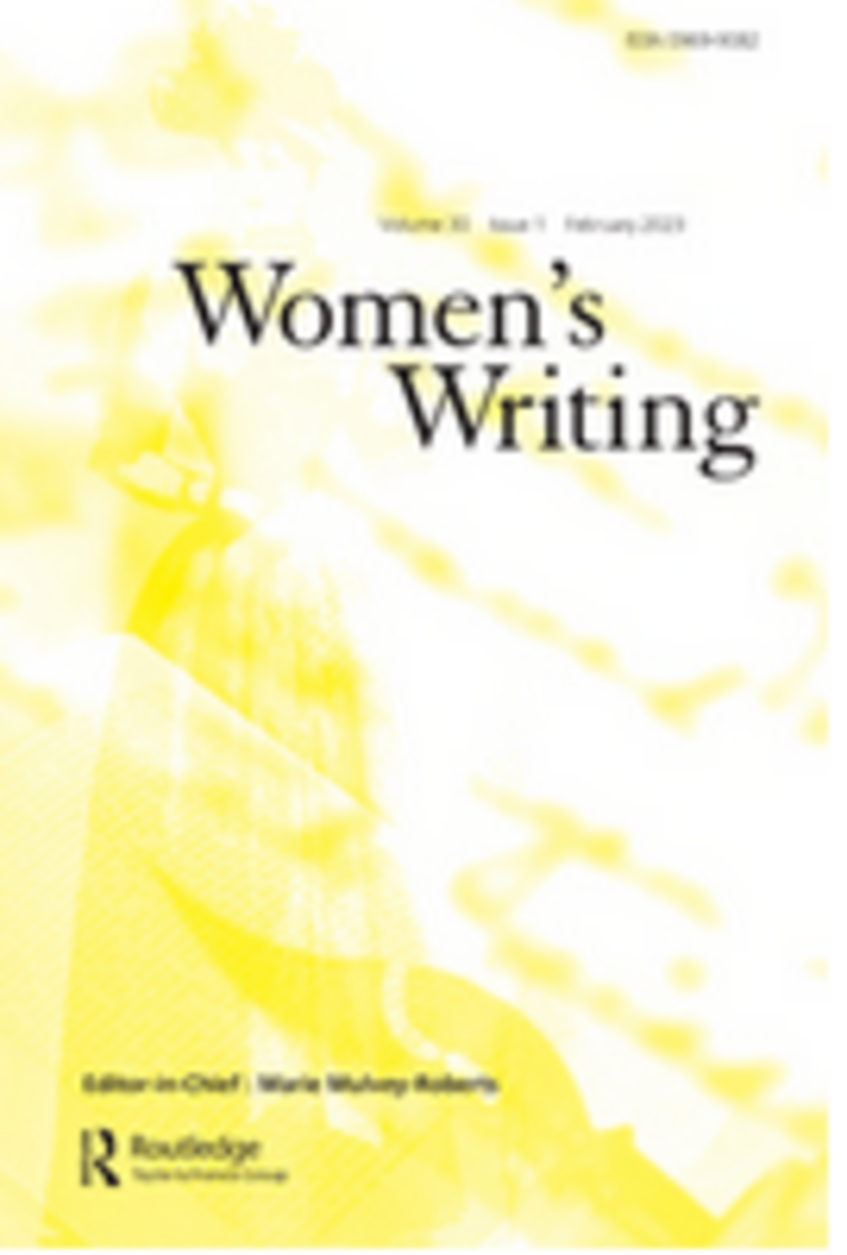Living Forever: Fictions of Radical Life Extension, 1878–1918
Principal Investigator: James Aaron Green
Project description
The project Living Forever: Fictions of Radical Life Extension, 1878-1918 is funded by the Österreichische Akademie der Wissenschaften (ÖAW) through their APART-GSK programme from 2021-24.
The project is the first book-length study of fictions of radical life extension—literary thought experiments that ask: what would it mean to live forever?—produced during the formative period 1878-1918. Covering years that saw the agitation for and then establishment of an old-age pension scheme in Britain, the book appraises these fictions alongside myriad archival materials, including medical treatises, anti-aging advertisements, and visual sources. Delving across such forms as dramatic verse, and such genres as the imperial Gothic, Living Forever reveals the extent of Anglophone and Continental European fiction’s engagement with the idea of radically extending life. By evaluating lesser-known writers in conjunction with more established voices such as H. Rider Haggard, H. G. Wells, and J. M. Barrie, the book complicates our understanding of the late Victorian- and early-Edwardian canon, and of fiction’s sociopolitical impetus during these years. So too does it revise histories of ‘rejuvenescence’ by demonstrating that it became an object of biomedical and culture interest long before the seismic shifts created by the First World War. The book argues that fictions of radical life extension reflected and helped to shape a decisive change in the attitudes toward age and aging, as well as the legal and social status of old age in particular—changes that are highly consequential in a present preoccupied by a global aging population and ‘biogerontology’.

19th-century depiction of Ponce de León in search of the Fountain of Youth. Artist unknown. Public domain image.
Project-related publications and talks
Journal article (published)
Title: “Old things made new”: Transfusive rejuvenescence in M. E. Braddon’s “Good Lady Ducayne” and H. G. Wells’s “The Story of the Late Mr. Elvesham”
Abstract: In 1897, congratulating Bram Stoker on the release of Dracula, the writer M. E. Braddon tries to establish precedence for herself by classifying the novel not, as we might expect, as a story of vampirism, but as one of “transfusion”. Taking this designation as its cue, this article recovers examples of what I term “transfusive rejuvenescence fiction”, in which a prolongation of life or restoration of youth is achieved via corporeal transferal. It contextualizes this sub-genre by charting how a revival of interest in blood transfusion’s rejuvenatory promise occurred alongside shifts in the attitudes to age and aging – to old age especially. Contrary to medical writers, who optimistically envisaged transfusion as an integral part of a “sentimental economy” – in which blood is donated out of “fellow-feeling” – transfusive rejuvenescence fiction raises the prospect of bloodborne youthfulness becoming commodified and circulating according to the tenets of the capitalist marketplace. In these fictions, transfusion serves as an evocative and versatile figure for expressing anxieties around the increasingly urgent question of provision for old age and the issues of intergenerational equity implied therein. To prove the argument, this article performs a comparative reading of Braddon’s “Good Lady Ducayne” and H. G. Wells’s “The Story of the Late Mr. Elvesham”, both of 1896. The comparable but distinctive approaches taken by these two short stories means that examining them both in tandem provides us with a fuller picture of the contributions that transfusive rejuvenescence fiction made to fin-de-siècle discourses of age and aging.

Front cover of Frontiers of Narrative Studies used for illustrative purposes © De Gruyter.
Journal article (submitted)
Title: ‘“You belong to my time, not his”: aging, obsolescence, and ‘allotted time’ in Edith Nesbit’s Dormant (1911)’
Abstract: Despite intensifying interest in her Gothic short stories, it is for her children’s fiction that the writer and activist E. Nesbit continues to primarily receive attention. Yet Nesbit also aspired to renown as a writer of adult fiction, and her poetry and novels unfold what critics recognize as an unconventional and paradoxical stance upon issues of paramount concern to fin-de-siècle and post-1900 Britain, including socialism, women’s suffrage, and marriage. One such issue as yet unconsidered in relation to Nesbit’s adult fiction is that of age and aging. Using the lens of literary age studies, this article reads her neglected 1911 novel Dormant as a response to debates intensifying since the 1880s about the new life-course possibilities that were emerging in Britain, especially for women. Corresponding initially to the youth-centric plots of marriage and the Bildungsroman, the novel sees these familiar forms overwritten by a gothicized story of radical life extension. Counter-normative, ‘queer’ possibilities are highlighted through this shift – embodied particularly by the age-defiant Lady Blair and rejuvenated Eugenia – but only permitted to unfold within limits, constrained by expectations about age-appropriate behaviours and roles. The radical prospects of old-age sexuality and age-disparate romance are ultimately substituted by a more conservative end – one defined by notions of obsolescence and ‘allotted time’. Dormant shows that it is not only on feminist issues that Nesbit’s fiction displays ambivalent leanings, but on age and aging as well. Yet such ambiguities are as definitional of post-1900 British fiction as the more overtly radical output of contemporaries like Sarah Grand, George Egerton, and Victoria Cross, and less accounted for. By recovering Dormant through a literary age studies analysis, this article nuances our understanding of women’s writing during the formative ‘new age’.

Front cover of Women's Writing used for illustrative purposes © Taylor & Francis.
Talks
Below is a list of project-related talks that have taken place or are due to take place. The list is updated automatically.
